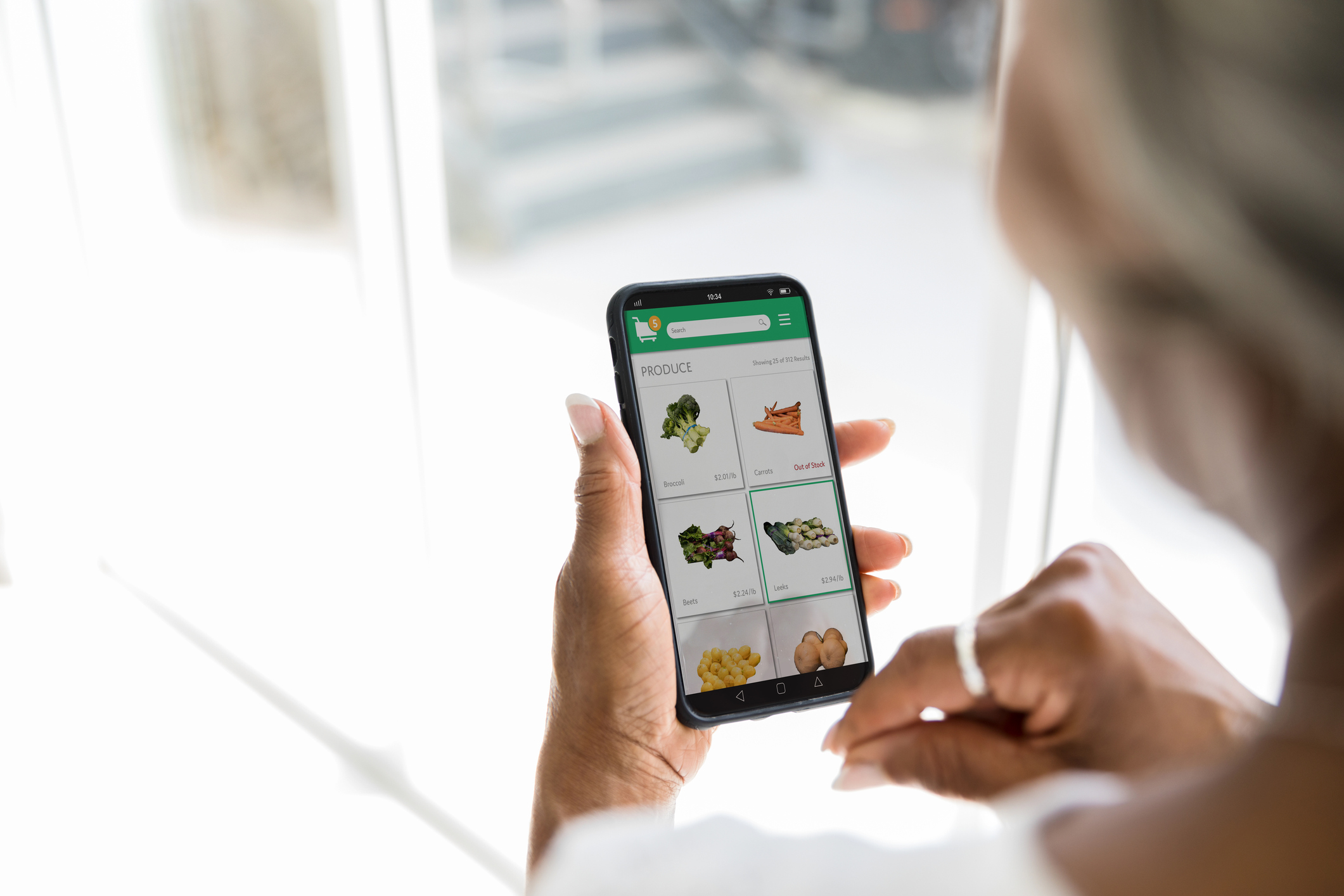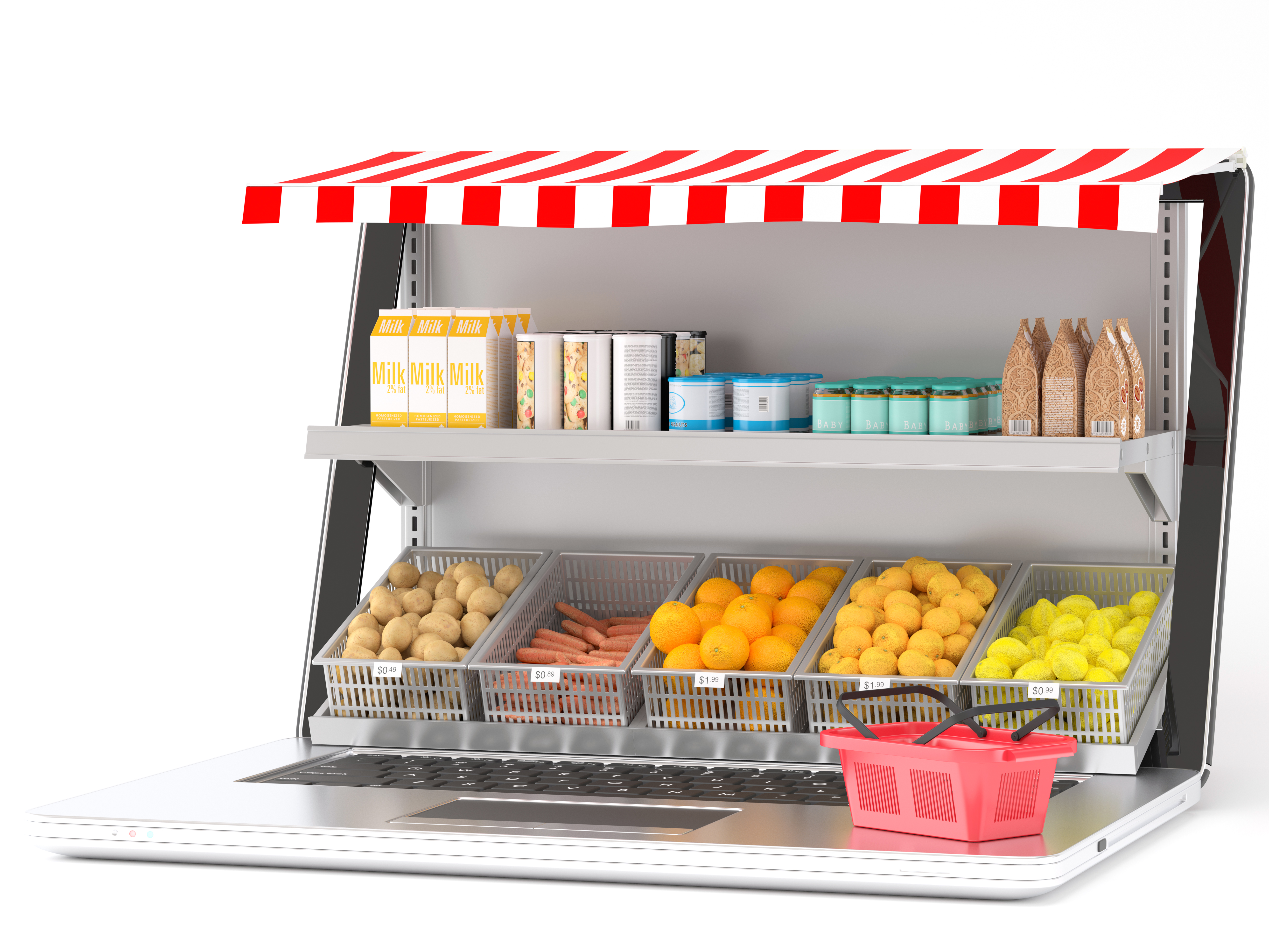Consumers’ increasing reliance on e-commerce creates new opportunities for specialty food makers, says Bill Bishop, chief architect at Barrington, Illinois-based e-commerce consulting firm Brick Meets Click.
One prime opportunity for specialty food companies, he says, is the expanded space for product descriptions provided online, which allows makers to offer more details about how their products are, in fact, special.
“When consumers shop online, they have access to a lot more information about products than they do when they walk up and down the aisles,” he says. “That is an advantage to products that have unique characteristics, like specialty foods.”

E-commerce expands opportunities for exposure that these types of products can achieve with consumers when they readily appear in online searches. “Specialty food products that have attractive points of difference should enjoy some significant growth, versus what there would be if there was no online shopping, because it’s just easier to find them,” says Bishop.
Marketing specialty food products in an age of expanding e-commerce is also undergoing significant changes, he says. One key marketing opportunity may be the use of video to tell stories, says Bishop, citing a successful program used by Walmart Canada to promote products from Italy online.
Another marketing opportunity may lie in the harnessing of product recommendations, he says, thanks in part to the success Amazon has had with its algorithm-based product suggestions based on browsing and purchase histories.
“Smart recommendations are part and parcel of the digital world in which we live,” Bishop says, noting that some smart recommendation apps have been gaining traction with both retailers and consumers. “You’re going to see the smart recommendations becoming more important in helping people discover products that are in their taste and personal preference set, that they otherwise might not know about,” he says.
Bishop says it behooves specialty food makers, distributors, and retailers to learn more about how smart-recommendation engines function and try to discover ways to make their products appear as a part of those recommendations. “No one seems to have figured out exactly how to do that, but those who figure it out first are going to get some advantage from it,” he says.
Zingerman’s Meets Increased Demand for E-Commerce
The surge in e-commerce during the pandemic has forced many online specialty food companies to adjust their operations.
“We were an e-commerce gift business before the pandemic, and we’re still an e-commerce gift business now,” says Mo Frechette, co-founder and co-managing partner of Zingerman’s Mail Order, based in Ann Arbor, Michigan. “What’s changed is the volume.”
The company has doubled in size since last March when the pandemic hit, he says, and volumes have held at that elevated level ever since.

Image: Zingerman's
“I don’t think that’s going completely away until people start traveling to deliver their gifts in person,” says Frechette. “And I don’t think that will happen until we have a widely distributed vaccine, hospitals recover, and COVID cases cease being a newsworthy event.”
In order to accommodate the increased demand, Zingerman’s Mail Order quickly expanded its fulfillment capabilities. The company redesigned its warehouse so that workers could be screened at the start of their shifts and work at a distance from each other. “We also needed to clean a big, open warehouse like it’s practically a hospital,” says Frechette.
Zingerman’s expanded its call center to handle increased call volume, and it eventually decentralized much of that work using technology. At first, the company simply triaged calls at the office, and employees called people back from their homes, but that was not an ideal solution, he says.
The company also reached out to the food makers it buys from in order to gauge their needs. “The early months of the pandemic were especially hard on cheesemakers who lost restaurant business or got cancelled by big grocers,” says Frechette. “We figured out how to quickly bring in foods we’d never sold and get them into our customers’ mouths.”
Zingerman’s also invested in a second warehouse, with an eye toward a future that is highly uncertain. “We rented where we could, bought where we needed to, all with the idea that we might shrink drastically in 2021 if people revert to their 2019 selves and we’re served a deep dish of recession on the side,” Frechette says.
Just Salad Adapts to Meet Customer Demands
New York-based Just Salad is among the restaurants that have had to adjust to the changing operating environment. Early in the pandemic, the 40-unit chain launched its Just Grocery division, offering items from its own supply chain, and then at the end of November it launched Housemade, a line of seven heat-and-eat, one-pan prepared meals. The line includes items such as the Buffalo Chicken Bowl and Taco Tuesday Bowl, along with two kits that are completely vegan and one that features Beyond Beef.
The “no commitment meal kits,” as Andy Rooks, chief marketing officer, describes them, are delivered within about an hour by the company’s delivery partners, with no subscription necessary. “As everyone was adjusting to the work-from-home life, we listened to what they had to say,” Rooks says, noting that the company expects the meals to serve the dinner daypart while its salads continue to focus on the lunchtime business.
“One of the things we’ve noticed is that even as things have started to normalize, people are still looking for dinner solutions,” he says.
Just Salad, known for its reusable salad bowls and seasonal, made-to-order offerings, took pains to make the meals as sustainable as possible, with no plastic packaging. That follows the company’s rollout earlier in 2020 of a carbon-footprint labeling program for its menu items—the first of its kind in the country, according to Just Salad.
The company has seen a big shift toward digital ordering and has shifted to focusing on home consumers instead of office workers, Brooks says. “We’ll be there for our guests whenever they need us,” he says. “We’ll continue to adjust.”
Mark Hamstra is a regular contributor to Specialty Food.

